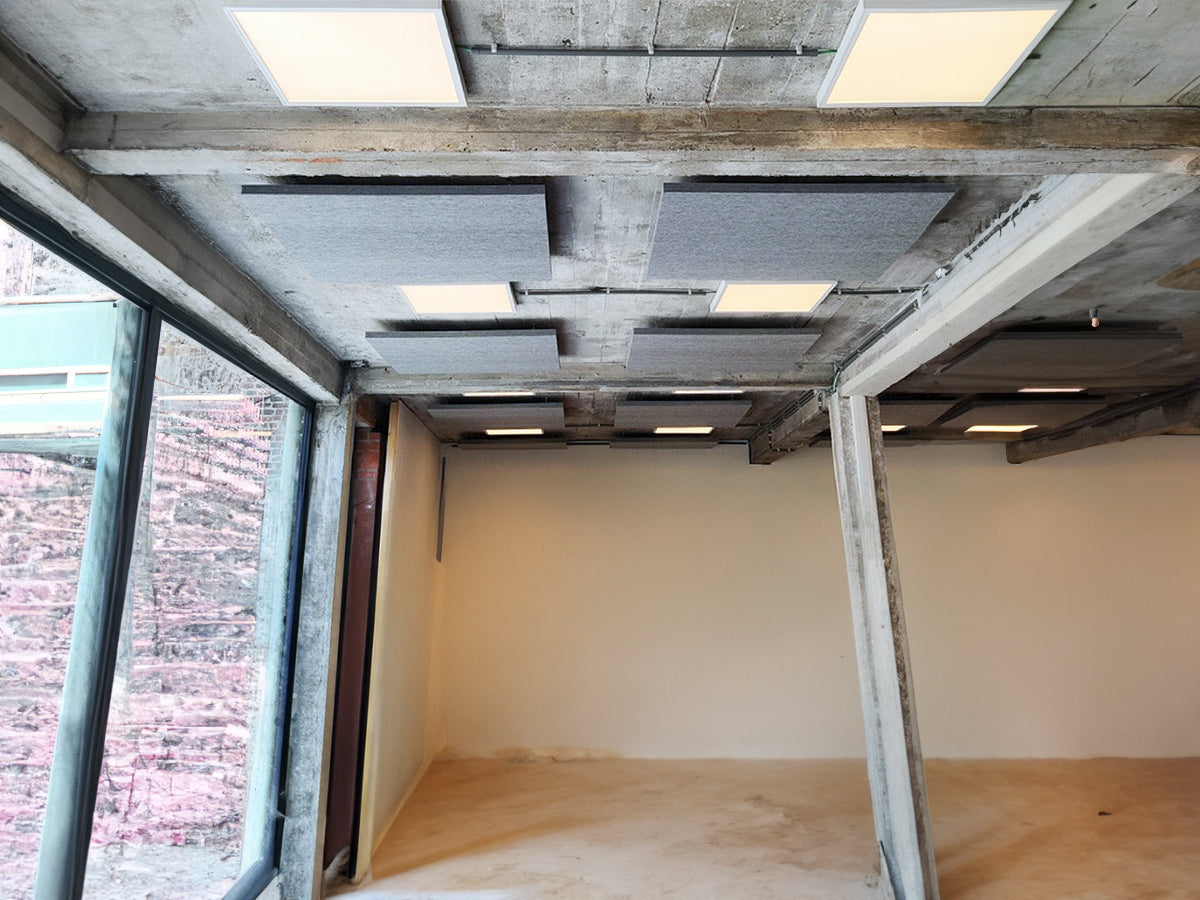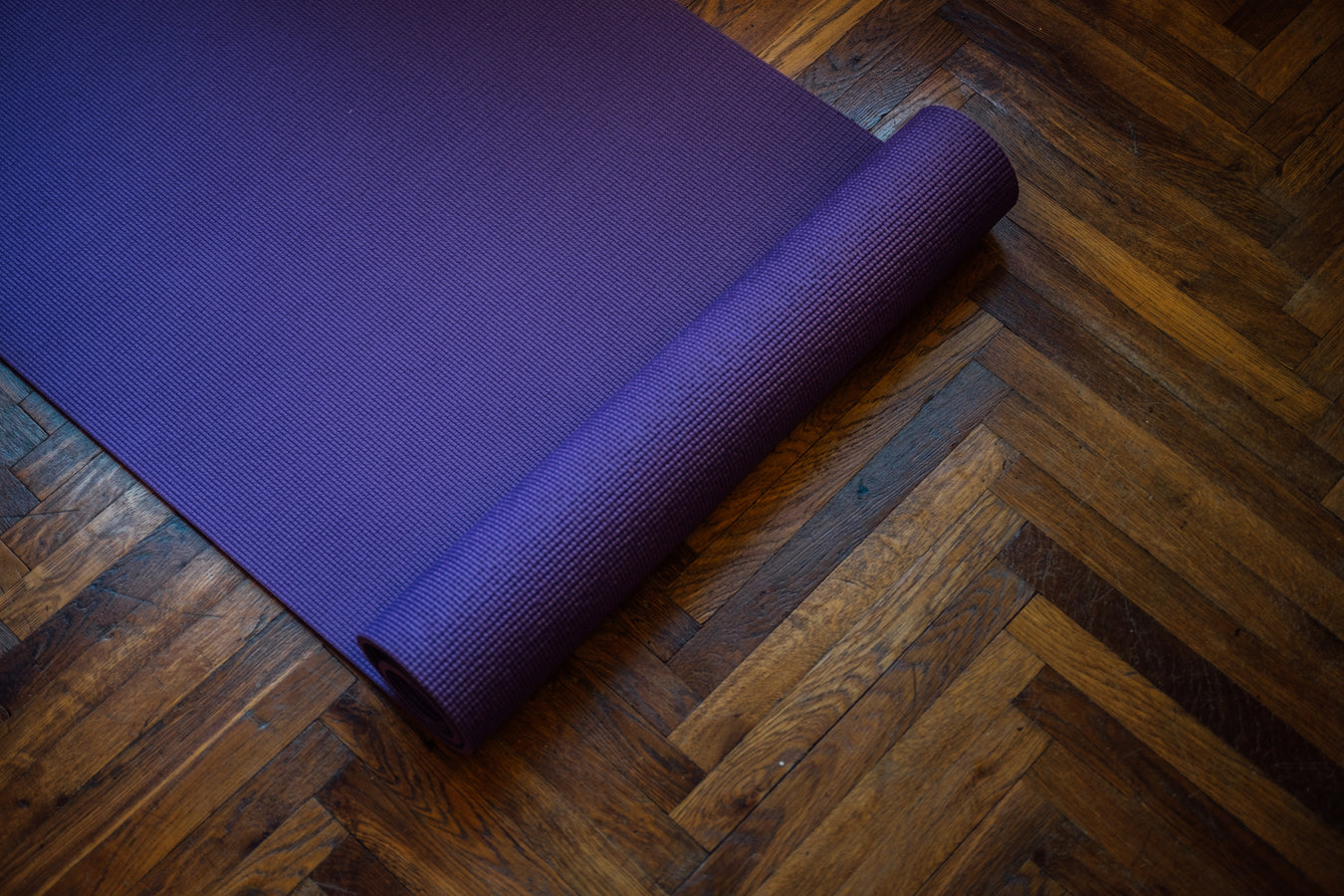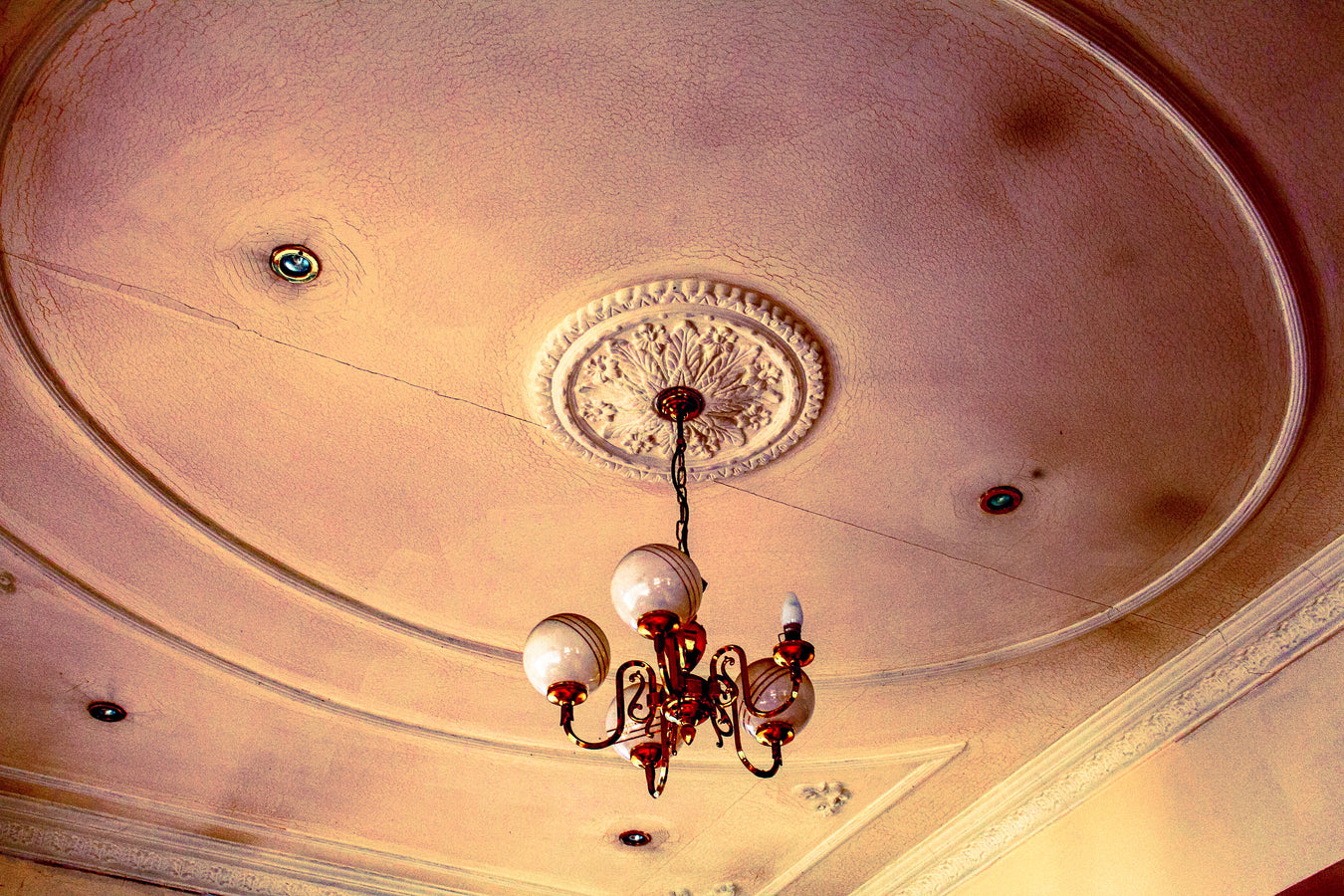How to Reduce Echo in a Room
Room echo can be very distracting. In large halls and convert venues it can prevent the speaker or performer from being heard, and in smaller rooms background noise can drown out conversations. In this guide we look at the techniques you can use to reduce this problem.
This article details with sound absorption - managing sound that is generated in the room: if you are are unsure as to the difference between sound insulation and sound absorption, then please see our separate article here.
Terminology
First things first, we need to clear up the terminology in this area because there are a number of interchangeable terms!
Reverb - or "reverberation", is the effect when sound generated in a room, is reflected off hard surfaces within that room. Specifically, reverb is where the sound is reflected back from a near surface such that a human ear can't separate it from the original sound. Usually this is about a tenth of a second, and is caused by sound bouncing off a surface which is less than 17 metres away - usually the case in most domestic environments.
Echo - we have all heard the echo of our voice when we shout in a cave, or large hall. This is exactly the same effect that we described as reverb, but in this case the delay in the re-sound is greater than a tenth of a second and thus the human ear can separate it from the original noise - caused when the surface reflecting the noise is further than 17 metres away. This would be the case in school halls, concert venues and large meeting rooms.
So we are talking about the same issue either way - and as a result, we can apply the same solutions.

Problems Caused
Depending on the level, the source, and the number of noises in the room, reverb can cause the following problems:
- General distracting white noise
- People having to speak louder to be heard
- Words not clear to listeners
- Speech and music not comprehensible at the back of the room
- Performance competing with itself as sound bounces back
- Children can find it hard to concentrate as the general sound increases
- Reduced productivity in the work place
- Reduced quality of work
- Unprofessional impression to customers
- Headaches and increased stress levels
- Poor quality sound in recording studios and music rooms
As you can see, the problems are wide and significant. Luckily, the solution is relatively straight forward and cost effective.
Applications
Some of the types of rooms which benefit from reduced echo and sound control have been alluded to above, but for clarity:
- Village or town halls
- School or work canteens
- Offices
- Meeting rooms
- Reception areas and foyers
- Concert venues and theatres
- Home cinema rooms and public cinemas
- Music and rehearsal rooms
- Recording studios
- Film studios
- School halls and auditoriums
- Large dining or living rooms
- Kitchens with high ceilings or a lot of stone fixtures
- Hospital ward
- Long corridors in public or private buildings
- Police stations
- Swimming pools
- Lecture halls in universities and societies
- Religious and spiritual meeting places such as churches, mosques and synagogues
You are likely to already spend time in one of these types of rooms multiple time per week. Most are likely to already have some sound absorption in place, and many would benefit from having more!

Solutions
There are three factors that are important when applying an echo reducing products:
Non-reflective
The most obvious factor, but also the most important. We need to put a non-reflective object in direct line of the sound that is generated.
Technically Able
The technical aspect of the product is also very important. It needs to be fire rated. It needs to be easy to install. It needs to be applicable to all surfaces that reflect sound - walls and ceilings (floors are usually managed with carpet).
Aesthetically Pleasing
As these products need to be directly in line with the sound generated, then they need to look attractive. They need to be available in wide variety of colours, shapes, and structures.
The Basics
But before you install a technical solution, there are some basics you can do to get a base level of reduction:
- Fit carpets
- Use curtains
- Soft furnishings such as throws and cushions
- Choose soft chairs
These are all usually part of the fit out of a dinning room, theatre or school hall, but by bringing sound management into the equation at the beginning, you can reduce your costs, and increase the usability of your room.
Acoustic Panels
Over the last twenty years, acoustic panels have become the go to solution for managing echo and reverb in buildings. Predominantly, these days, they are made of a thick glass wool (preferably recycled) board, either coated in a fabric facing, or painted to taste.
These panels are capable of absorbing up to 90% of the sound that hits them across a wide range of frequencies:

For walls they can either be used in a tile formation, or can be a feature part of the room. This is especially useful in public spaces like schools, swimming pools and community halls:

These panels can also be used on ceilings, suspended vertically or horizontally depending on the application. This is a common solution for large venues where you might have a performance or speaker:







